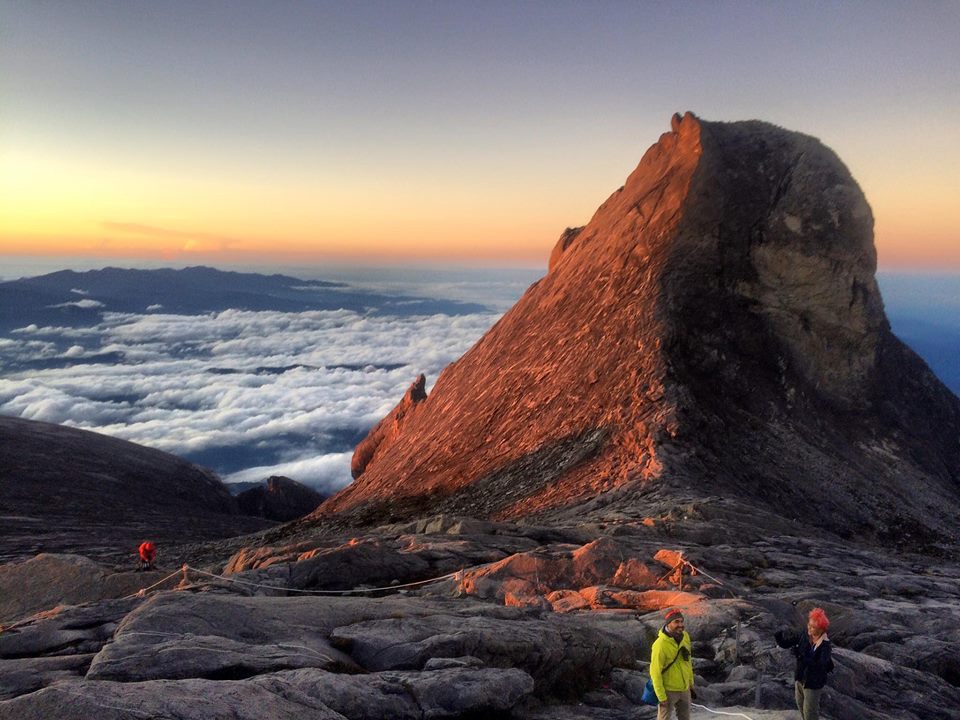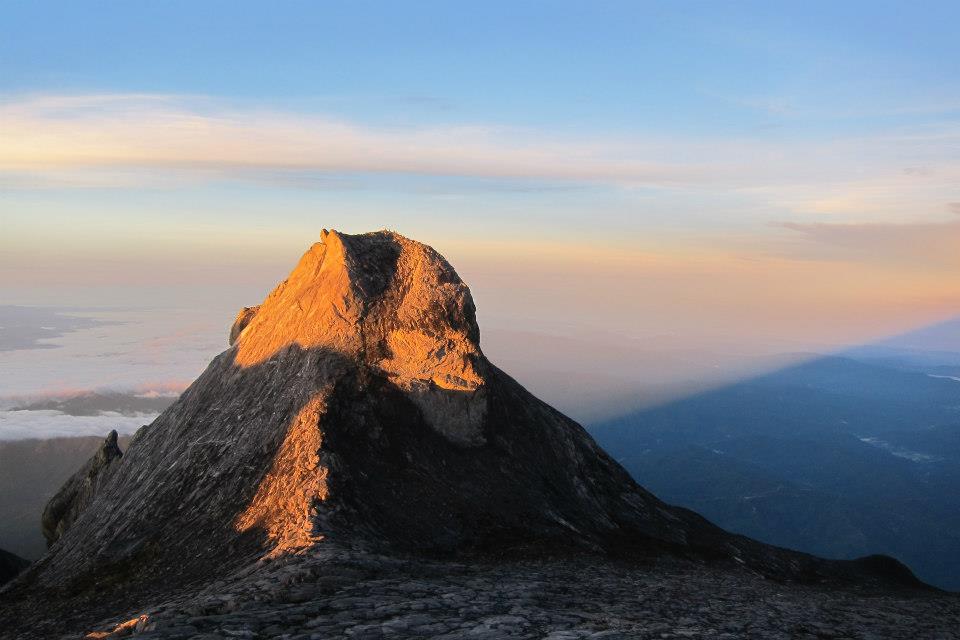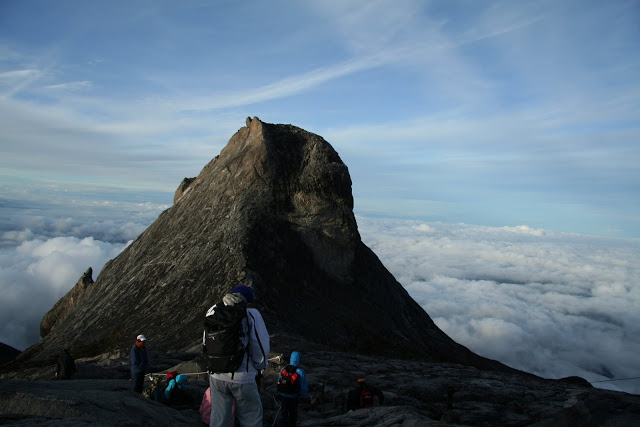This Could Be Why You Are Seeing A 'Face' On Mt. Kinabalu
Many have said that it looks like the face of an ape.
Mt. Kinabalu's St John's Peak has become the topic of conversation recently after many people began to notice that there is a "face" on the surface of its peak
Many of the climbers and netizens claim that the unique formation looks like the face of an ape and photos of it has gone viral ever since.
The Star Online reported yesterday that Kinabalu Park manager Yassin Miki, said the "face" was obvious in certain lighting conditions on the mountain.
"It has to be just after sunrise. The face would then become noticeable," he was quoted as saying by the English daily.
However, some netizens have pointed out that the "face" on St John's Peak was nothing new. One even claimed that the formation has been there for about 20 years.
Yassin also agreed that the formation has been noticeable for quite some time, even before the earthquake at the mountain last year that killed 18 climbers and mountain guides.
"It has been there for some time now," he reportedly said.
A search on Google confirmed that these claims are true, as some of the photos taken before the earthquake in 2015 do feature the mysterious "face" on the peak
On the other hand, others have pointed out that this could be an example of a phenomenon known as pareidolia, a psychological tendency to read significance into random or vague stimuli
Humans are "prewired" to detect faces from birth, Dr Nouchine Hadjikhani of Harvard University. Christopher French of the British Psychological Society also said that the tendency to pick out familiar figures goes back to the first humans.
Other experts say pareidolia is a consequence of the brain's information processing systems. The brain is constantly sifting through random lines, shapes, surfaces and colours, says Joel Voss, a neuroscientist at Northwestern University.
It makes sense of these images by assigning meaning to them - usually by matching them to something stored in long-term knowledge. But sometimes things that are slightly "ambiguous" get matched up with things we can name more easily - resulting in pareidolia, he says.





